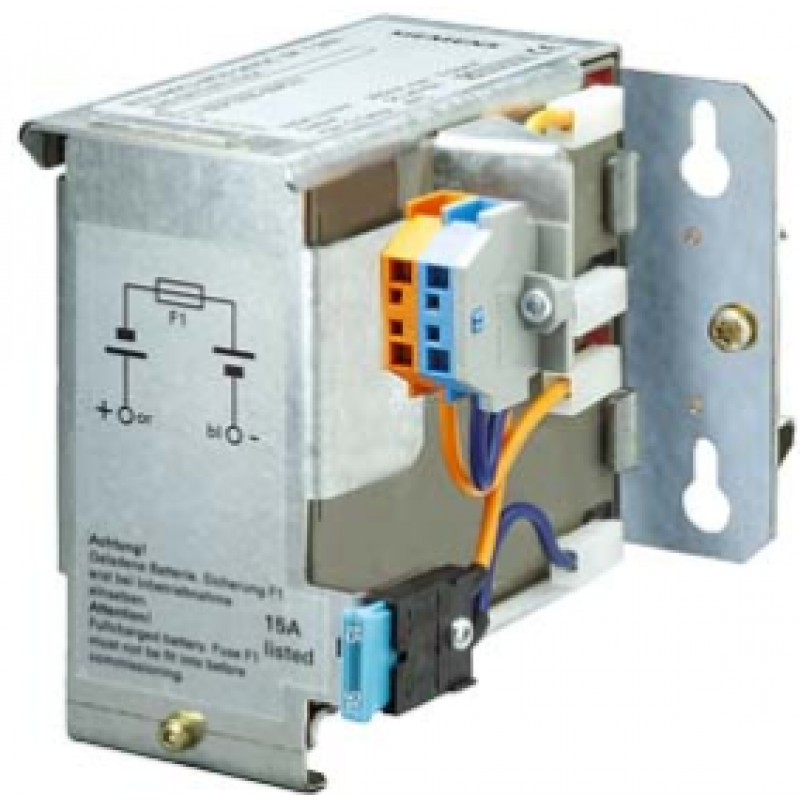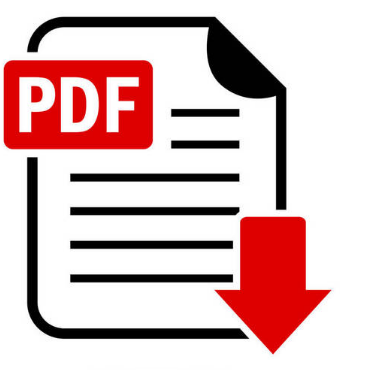Product data sheet
Battery Data
Voltage at end of charge DC
● 29 V recommended at -10 °C
● Recommended 28.4 V at 0 °C
● 27.8 V at 10 °C recommended
27.8 V recommended at 10 °C ● 27.3 V recommended at 20 °C
● 26.8 V at 30 °C recommended
Recommended 26.6 V at 40 °C
Recommended 26.3 V at 50 °C
Output
Battery capacity 1.2 A-h
Output current Maximum 3.6 A with buffer operation
Peak current 7.5 A
Charging current Maximum 0.3 A
Output voltage DC Nominal 24 V
Connector
Communication function No
Protection and monitoring
Short-circuit protection specifications Battery fuse 7.5 A/32 V (FKS flat fuse + holder)
Overload protection device specifications Valve control
Safety
Equipment protection class Class III
Protection class IP IP00
Standards, specifications, licenses
Certificates of conformity
● CE marking yes
● UL License Yes; cURus-Recognized (UL 1778, CSA C22.2 No. 107.1), File E219627
● EAC License Yes
Standards, Specifications, Licenses Hazardous Environment
Qualification
● ATEX No
● cCSAus, Class 1, Division 2 No
Standards, specifications, licenses Classification society certification
Shipbuilding license Yes
American Bureau of Shipping Europe Ltd. (ABS) Yes
● Det Norske Veritas (DNV) Yes
Standards, specifications, licenses Environmental product declarations
Environmental Product Declarations Yes
Global Warming Potential [CO2 equivalent] ● Total 6.7 kg
● Total 6.7 kg
● During manufacture 4.1 kg
● During operation 1.8 kg
● End-of-life 0.26 kg
Environmental Conditions
When storing, installing, and operating lead batteries, attention must be paid to the relevant DIN/VDE regulations or country-specific regulations (e.g., VDE 0510 Part 2).
(When storing and installing and operating lead batteries, attention must be paid to the relevant DIN/VDE regulations or country-specific regulations (e.g. VDE 0510 Part 2/EN50272-2). Make sure that the location of the battery is properly ventilated and drained.
The location of the battery must be ventilated and drained normally. Fire sources must be at least 50 cm away.
Ambient temperature
During operation -15 ... +50 °C ● -15 ... +50 °C during operation
During transportation -20 ... +50 °C During transportation -20 ... +50 °C
During transportation -20 ... +50 °C ● During storage -20 ... +50 °C +50 °C
Relative temporary capacitance loss 3 % typical for a month at 20 °C.
Accumulator life
● Typically reduced to 80 % of the original charge (according to EUROBAT)
● Typical 4 a at 20 °C
Typical 4 a at 20 °C Typical 2 a at 30 °C Typical 1 a at 40 °C
● Typical 1 a at 40 °C
● Typical 0.5 a at 50 °C
In addition to storage and operating temperatures, factors such as the length of storage and the amount of power used during storage are also decisive for operating life.
In addition to storage and operating temperatures, such as the duration of storage and the amount of charge during storage, are also decisive factors for the operating life. Therefore, store the batteries for as short a time as possible, always in a fully charged state, and at temperatures ranging from 0 to +20°C.
Therefore, store the batteries for as short a time as possible, always at full charge, and at temperatures from 0 to +20 °C.
Connection Technology
Electrical Connection Specifications Spring Connection
For power supply module Each 1 terminal 0.08 ... 2.5 mm² for use with power supply module. 0.08 ... 2.5 mm² for + BAT and - BAT
Mechanical Parameters
Width × Height × Depth 96 × 106 × 108 mm for housing
Mounting width × mounting height 116 × 126 mm
Fastening type Lockable to standard type steel plate EN 60715 35 x 7.5/15 or eyelet fixing suspended in M4 bolt
● DIN rail mounting yes
● S7 profile rail mounting no
● Wall mounting yes
Net weight 1.8 kg
Number of units 12
Accessories
Product components Included in the scope of delivery Accessory package with 7.5 A FKS fuse


